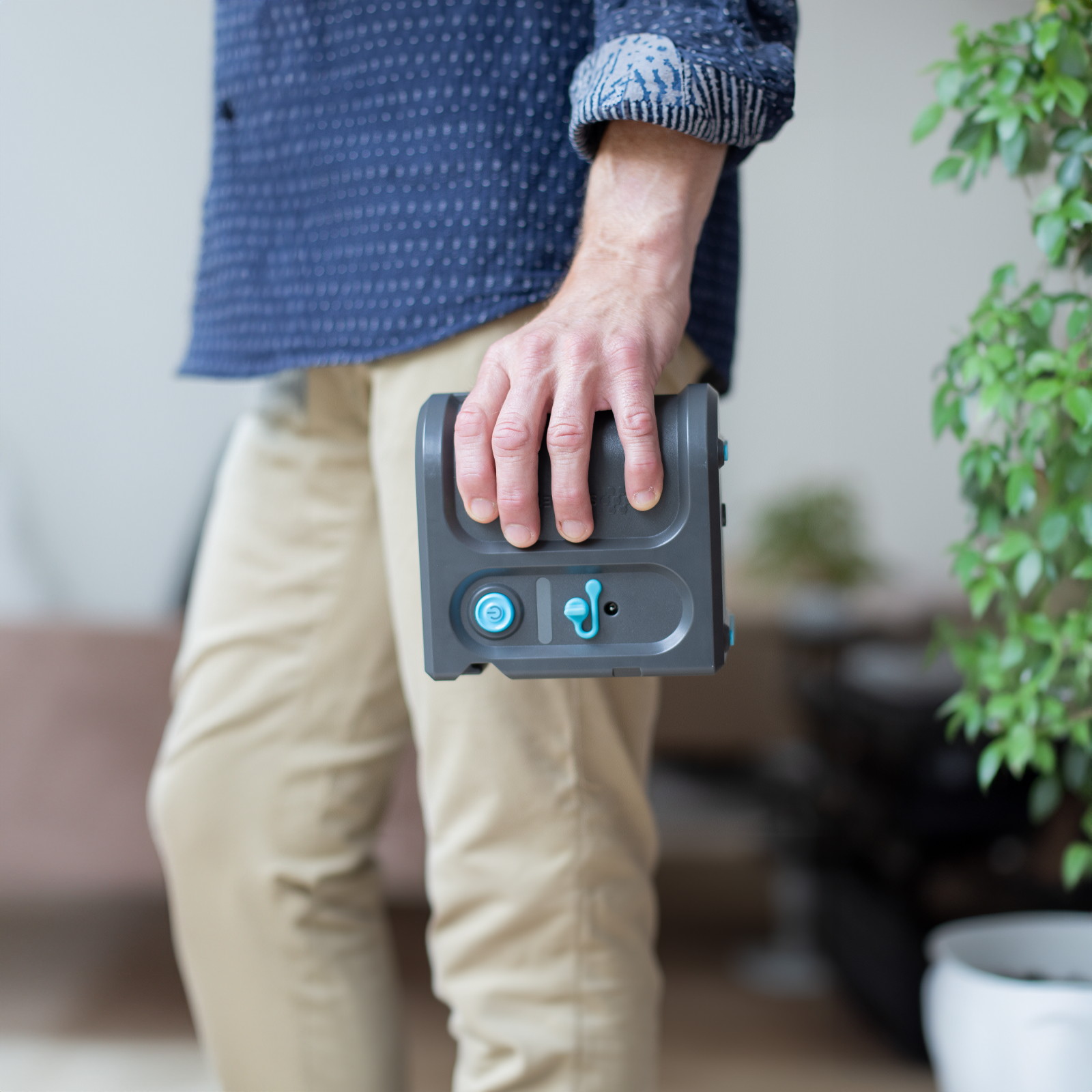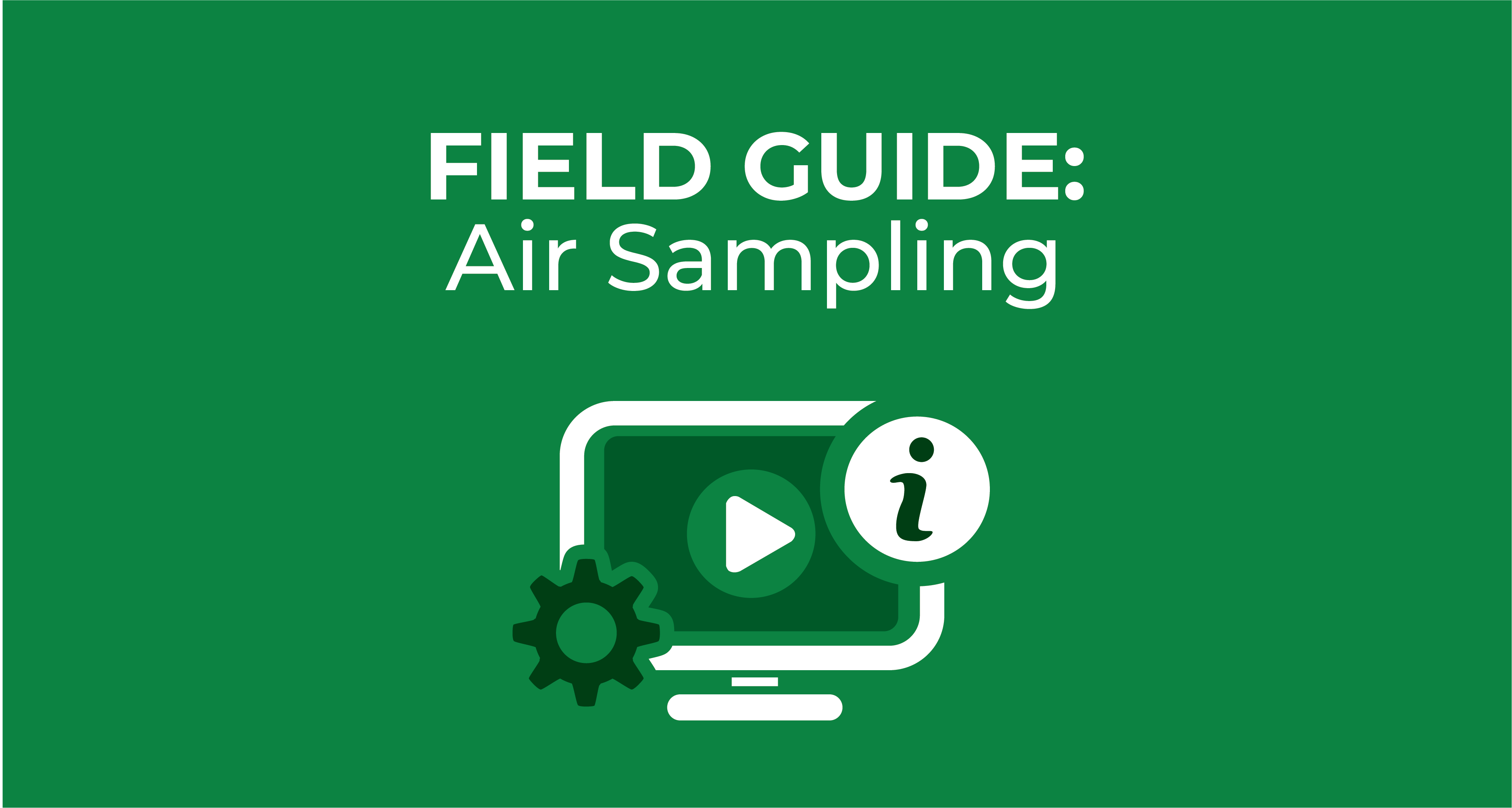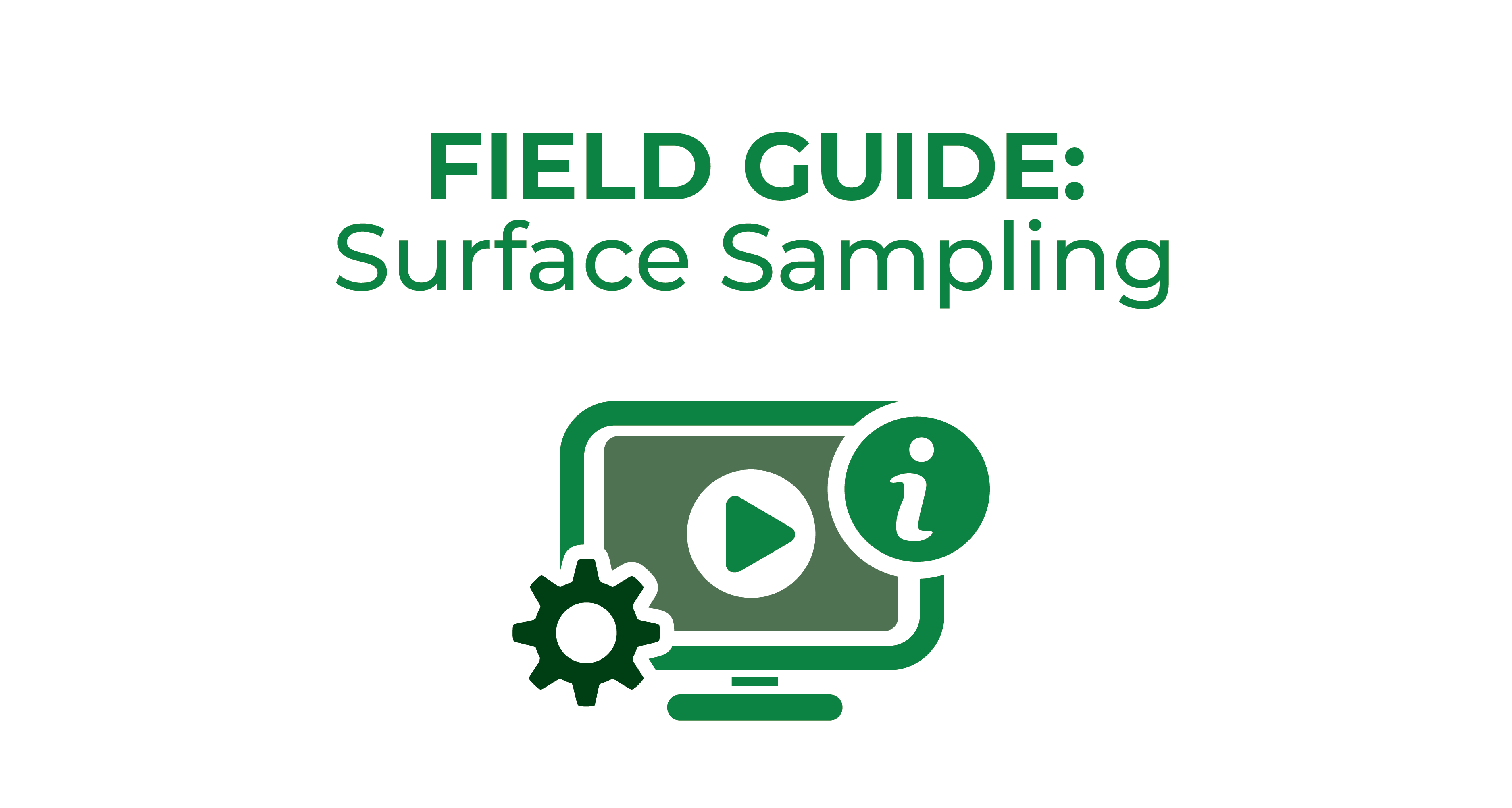
Field Guide:
Collecting Air & Surface Samples
AirTrap uses air samples to assess the types and levels of mould present in the air of the home. Air samples can help identify any mould that can affect the indoor air quality of the home. An outdoor air sample is required to compare the amount of spores found inside the home with the amount found outside. We use this comparison to find out if any spores found inside the home are naturally occurring from the outside environment or if mould is growing inside the home. Without an outdoor air sample, we will not be able to issue a report for your project.
Before the Appointment
When scheduling the appointment to collect air samples, inform property user that it is best to keep windows and doors closed for 24hrs prior to the appointment. Any air purifiers and outdoor air exchangers also should be turned off 24hrs prior to the appointment. The HVAC system can run as normal and any attached furnace filters can remain in place.
Make sure the air pump is working properly and the sampling cassettes are not past the expiration date.
We recommend having extra supplies of the AirTrap Cassettes on hand. Property users often want to take more samples than they originally planned.
Choosing the Sample Locations
Often, the home buyer will have specific locations in mind they want to have tested, such as a bedroom or a basement that flooded. Other times, you will have to determine the best location to take samples.

Best
- Areas with visible mold growth
- Areas with active moisture in building materials

Better
- Areas with past moisture issues
- Areas with complaints of poor air quality
- Areas with visible past moisture issues
- Areas with musty odours

Good
- Areas where occupants spend significant amounts of time (bedrooms, living spaces, home offices, etc.)

Acceptable
- Other conditioned living spaces

Unacceptable
- Unfinished attics
- Crawl spaces
- Utility sheds
- Garage
Indoor air samples should only be collected in conditioned or finished living spaces. Unconditioned spaces are not appropriate for air sampling since they are not closed off from the outdoor air as well and do not have the same level of housekeeping as living spaces. Unconditioned spaces are more likely to have significant levels of background debris and naturally occurring mold spores that have settled. This can lead to false positive results.
Collecting Indoor Air Samples
Once you have found a good location for samples, set up the pump in a spot that is in the center of the room and is within the “breathing zone”, which is approximately 3 to 6 feet from the floor. You can set the pump on a tripod, countertop, furniture, or a ladder to get the best height.

- Open both caps of the sampling cassette.
- Securely place the cassette onto the sampling port on the pump.
- Check that the airflow indicator is pointing towards the pump. This means the air will be pulled through the correct opening.
- Press the “ON” button to start the pump.
- The pump will run for 5 minutes and auto shut-off.
- Remove the cassette from the pump.
- Return the covers to both sides of the cassette.
- Label the cassette and fill out the information on the Mould Sample Return Form.

Collecting Outdoor Air Samples
- Place the pump at least 10 feet away from the structure of the home.
- Keep the pump approximately 3 to 6 feet from the ground to keep it away from soil.
- Keep away from any landscaping.
- Be mindful of weather conditions, such as precipitation and heavy winds. If there are unusual weather conditions, make a note of them in the Chain of Custody Form.
Collect the air sample using the same steps as the indoor samples.


Contact
Address
Sapphire Centre,
Fishponds Road,
Wokingham,
Berkshire RG41 2QL
United Kingdom
Additional Information
About us
We develop and markets practical, cost-effective solutions in the field of environmental monitoring, manufacturing innovative products for the environmental monitoring industry.
© Copyright 2025, AirTrap.

